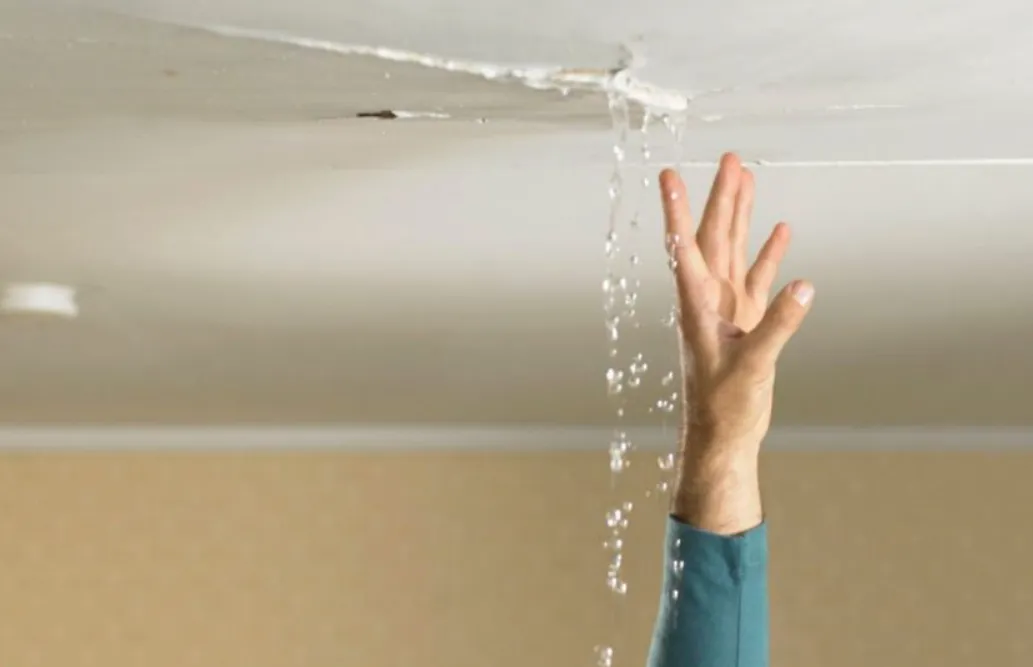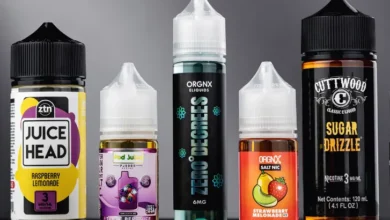The Comprehensive Approach to Waterproofing: Bid Farewell to Water Leaks

Water infiltration, whether through leaks or seepage, poses a severe threat to the integrity of your dwelling, harming its structure and aesthetics. Regardless of the leak’s magnitude, addressing it promptly is paramount to forestall expensive repairs later on. Fortunately, armed with the right knowledge and tools, waterproofing can become a manageable task. This article serves as your roadmap to effectively waterproofing your abode, ensuring you say goodbye to water leaks once and for all.
Contents
Unraveling Water Leakage
Understanding the underlying causes of water leakage is crucial before embarking on waterproofing endeavours to prevent water leakage. The usual suspects comprise cracks in walls or foundations, deteriorated roof shingles, inadequately sealed windows and doors, and defective plumbing fixtures. Pinpointing the leak’s source marks the initial stride towards efficacious waterproofing.
Assessing the Extent of Damage
Commence by scrutinising areas prone to water infiltration, such as basements, attics, and bathrooms. Detect signs of dampness, including water stains, mould proliferation, and musty odours. Devote particular attention to wall or floor crevices, notorious entry points for water intrusion. Note areas necessitating immediate intervention before proceeding with waterproofing endeavours.
Selecting Appropriate Waterproofing Products
Not all waterproofing products are created equal. Depending on the severity of the leak and the surface under scrutiny, discerning the apt waterproofing materials is imperative. Viable options encompass waterproof sealants, epoxy injections, waterproof membranes, and drainage systems. When selecting, deliberate on attributes such as resilience, flexibility, and ease of application.
Surface Preparation Protocols
Masticable surface preparation is indispensable before applying any waterproofing agents. Thoroughly cleanse the area to expunge dirt, debris, and loose particles that might compromise adhesion. Rectify any cracks or damage by employing a fitting filler or patching compound. Even out rough surfaces and ensure the area is thoroughly dry before commencing the waterproofing process.
Application of Waterproof Sealant
Among the most productive methods for waterproofing surfaces is premium sealants. These sealants, available in diverse forms such as liquid, spray, and paste, can be applied to various materials like concrete, wood, and metal. Adhere closely to the manufacturer’s directives, using the sealant uniformly to ensure maximal coverage. Exercise meticulousness around joints, seams, and other vulnerable areas susceptible to water penetration.
Deployment of Waterproof Membranes
For locales prone to copious moisture or heightened water pressure, such as basements and foundations, waterproof membranes offer an additional layer of defence. These flexible membranes barricade against water infiltration while facilitating proper drainage. Install waterproof membranes by manufacturer specifications, guaranteeing proper seam sealing and securing overlaps.
Sealing Windows and Doors
Windows and doors serve as customary ingress points for water infiltration, particularly during torrential downpours or floods. To forestall water penetration, periodically examine seals and weatherstripping encircling windows and doors. Replace any compromised or worn seals, applying a bead of waterproof caulk along the perimeters to engender a watertight seal. Ponder installing storm windows or doors for augmented safeguarding during inclement weather.
Maintaining Your Waterproofing System
Upon completing the waterproofing regimen, diligent maintenance is indispensable to preserve its efficacy. Keep gutters and downspouts devoid of debris to avert water pooling around the foundation. Vigilantly monitor signs of water damage or leakage, addressing them promptly to stave off further complications. By adopting a proactive stance towards maintenance, you can elongate the lifespan of your waterproofing system, relishing a dry, leak-free abode for years to come.
Water leaks and seepage can substantially damage your residence if left unattended. By adhering to these steps, you can take proactive measures to safeguard your property, averting the necessity for costly repairs. From pinpointing the leak’s source to selecting appropriate waterproofing materials and executing them precisely, these measures will enable you to prevent water leakage conclusively. Remember to remain vigilant with maintenance and address any anomalies promptly to ensure your home stays dry and hospitable for the long haul.


